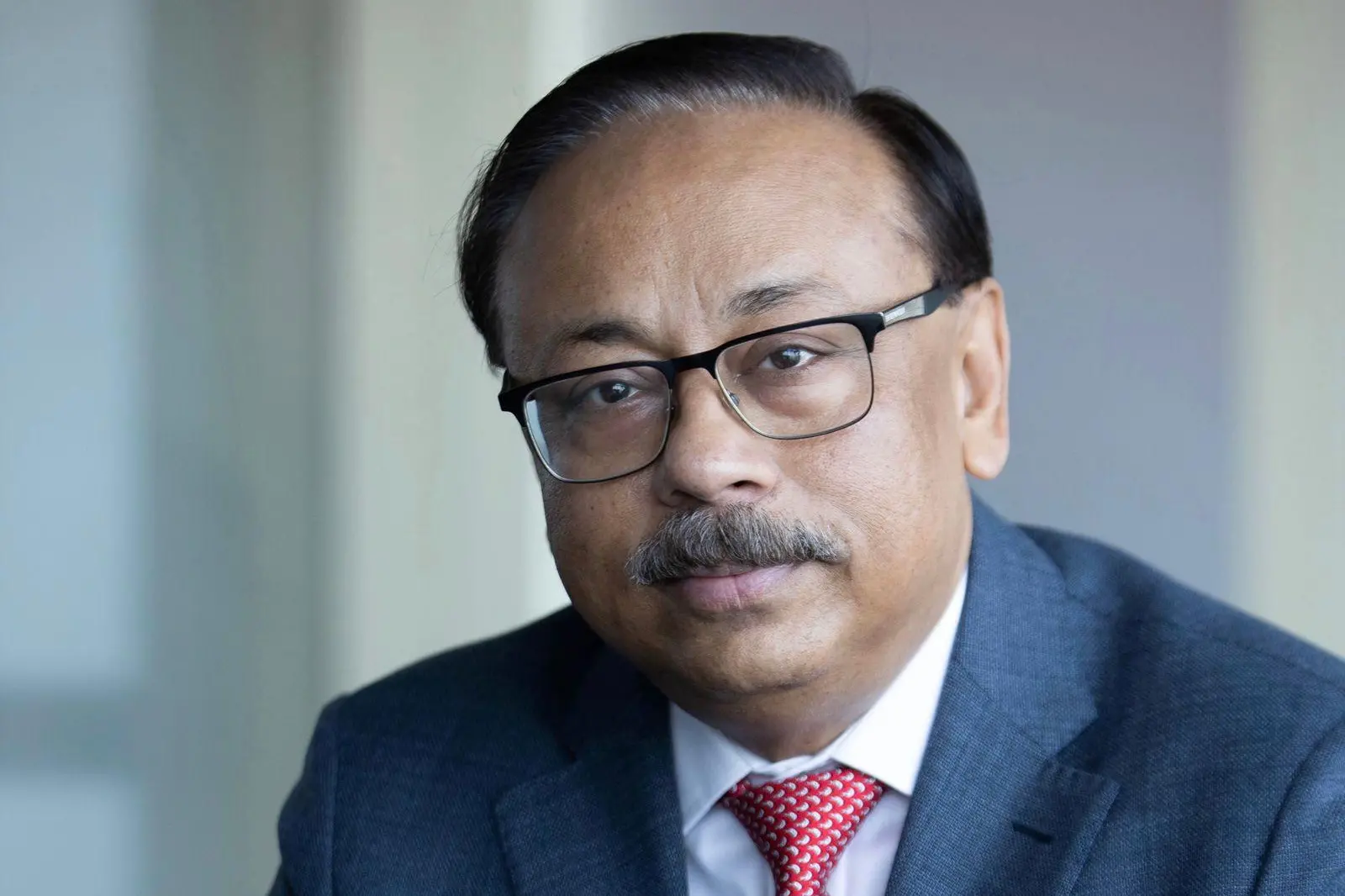PHOTO
Zawya spoke with Suvo Sarkar, who is Senior Executive, Vice President and Group Head of the Retail Banking and Wealth Management businesses of Emirates NBD. In this interview, Sarkar discusses the future of retail banking in the UAE, the changing role of the banker and challenges of digital banking in this region.
1. What will be the key implications of the COVID-19 pandemic on the retail banking sector in the long run?
The pandemic has accelerated some trends and introduced new ones. Digital adoption has gained pace, with customers increasingly using remote channels to carry out daily banking. Cashless payments at point of sale have risen rapidly, with customers preferring to use contactless payment mechanisms such as mobile wallets and tap-and-go card features. E-commerce volumes are growing fast across a wide range of categories.
[This is also leading to greater] customer expectations about frictionless and better user experiences. The requirement for seamless omnichannel banking is becoming stronger, and customers are looking for more personalized engagement, requiring banks to become more data driven. With increasing digitization, fraud prevention, data privacy and security have become key priorities. Additionally, while self-service banking gains popularity, customers still look to connect with their relationship manager or a banking officer when needed to obtain advice or assistance with more complex problems, emphasizing the need for hybrid servicing platforms.
The pandemic has also put financial wellness top of mind among customers, with customers building up their savings to cushion against adverse events as well as to avail credit prudently. Sustainability is becoming a key focus. The crisis also underscored the important role that banks play in supporting customers and the wider community during times of distress, providing relief measures to customers as well as other support to the wider community.
2. What do you think has the potential to be the next big thing in digital banking?
Digitization continues to be a top priority as banks continue to transform their platforms and architecture to deliver instant and straight-through customer experiences. With cash usage reducing fast and wallets becoming thinner, payments will continue to be an important focus as banks look to deliver better peer-to-peer and contactless payment services.
Micro-personalization driven by AI and data will become key, and credit decisioning will continue to strengthen, supported by enhanced scoring models. Interoperability of platforms will assume increased focus to enable banks to participate in platforms and ecosystems and to compete with new players effectively.
On the technology side, areas such as biometrics, cyber security, cloud computing, process automation tools, chatbots and data analytics will be in focus to help banks deliver value-added products and services. We are also seeing the emergence of exciting new concepts, such as metaverses, virtual reality and crypto currencies that will be interesting domains for banks to explore.
3. Liv was launched to woo Millennial consumers. Can you share your thoughts on the key factors behind this success story?
Launched in 2017, Liv. is a digital lifestyle bank that continues to be the fastest-growing retail bank in the UAE, with over 500,000 customers now. Liv. was conceived and built as a lifestyle-based digital-only bank for Millennials. Instead of digitizing existing products, we built a digitally native bank that is all about making banking simple, accessible, and affordable for all.
Liv. enables customers to keep track of their daily activities as well as finances, all in one app. Customers can open a new account instantly, set up savings goals, send money using social media channels and obtain 24×7 service support through a chatbot. Customers can also apply to obtain an instant digital credit card as well as a personal loan. We continue to work on enhancing our customer proposition through personalization, technological innovations, and financial education.
4. What are some of the biggest challenges of digital banking in this region?
Most banks and financial institutions are saddled with legacy operating systems and infrastructure. While transformation plans are under way, this will require sustained investment to ensure they are able to keep pace with evolving marketplace needs. With the growth of digital banking, cyber-crime and social engineering present an ever-growing threat, the onus lies on banks to ensure enhanced protection as well as to educate customers on how to safeguard against fraudsters.
Barring the GCC, financial inclusion is still low in the other Middle Eastern markets, requiring banks to introduce digital solutions that can effectively cater to this customer segment. Also, collaboration between banks and fintech needs to improve to help deliver better and state-of-the-art customer solutions to customers.
5. What about the future of the banker? How do you think the role of banking professionals will transform with the changing landscape of the industry?
As banking evolves, the role of the banker is changing, and with increasing digitization, we are seeing roles transforming. For example, the branch is evolving into more of an advisory space and branch officers will assume a more multifunctional or universal banker role. This is also true of back-office roles, where with more automation, roles are becoming less operational and more decision-oriented.
Studies estimate that close to half of all existing bank work will be automated in due course, and role requirements are shifting from having basic cognitive skills to socio-emotional and technology skills. Skills and competencies in the areas of customer experience, journey design, digital marketing and social media, data, compliance, and security are growing in demand. Agility, problem-solving skills, and entrepreneurship are important attributes that banks are increasingly valuing in their staff. Employees will need to be more flexible to adapt to changing work models and need to continuously re-train and upskill themselves.
6. Mortgage transactions nearly doubled in H1 2021. As the real-estate market is recovering, what is the outlook for mortgages? What is the outlook for retail financing for next year?
We have been seeing a steady ramp-up of demand for mortgages this year, led by increasing customer confidence and a stabilizing real-estate market. In addition, with the interest rate regime continuing to remain attractive, customers can purchase properties of their choice with affordable instalment payment options.
The overall retail finance market continues to grow at a slow pace, with customers opting to borrow prudently. With the economy gaining momentum and with more new entrants coming into the country, this is expected to pick up pace in the coming months.
(Reporting by Mily Chakrabarty; editing by Seban Scaria)
Disclaimer: This article is provided for informational purposes only. The content does not provide tax, legal or investment advice or opinion regarding the suitability, value or profitability of any particular security, portfolio or investment strategy. Read our full disclaimer policy here.
© ZAWYA 2021





















